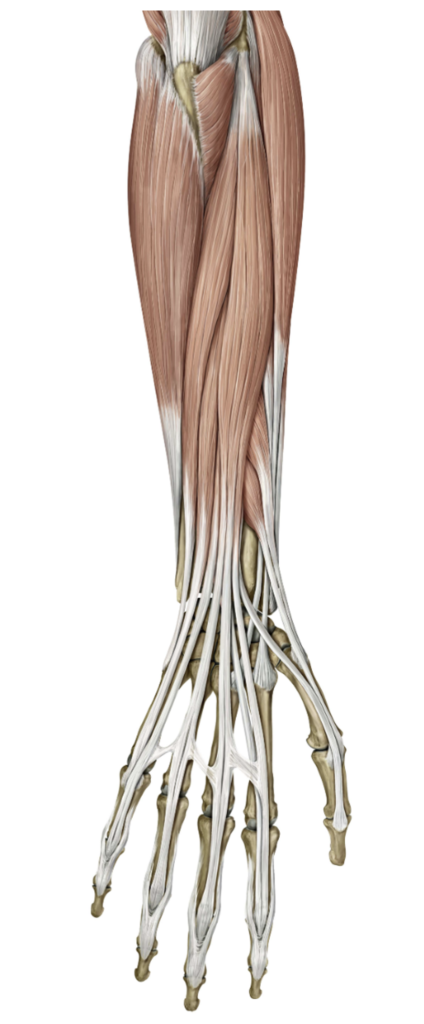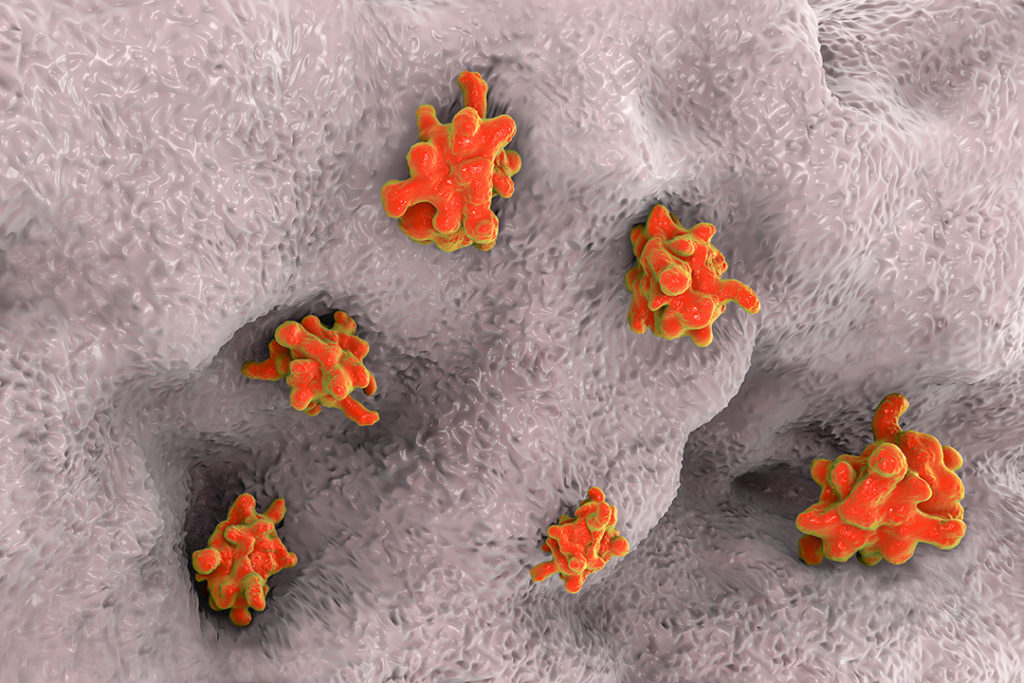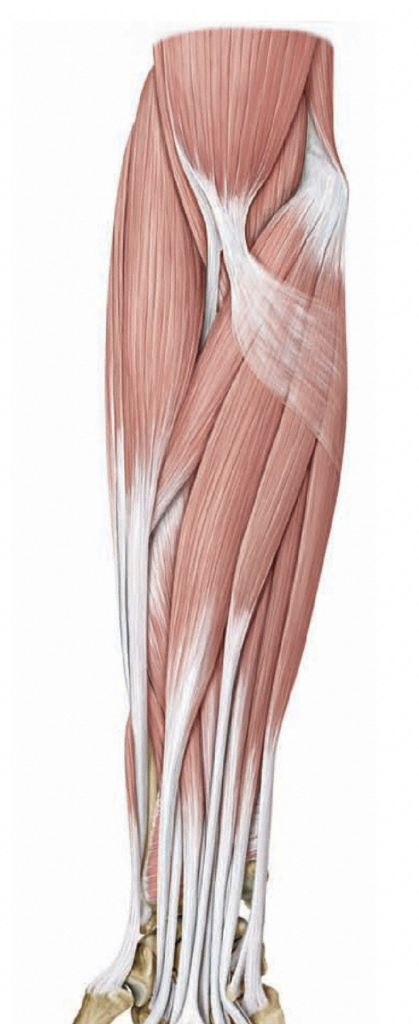Recognize Emotional Responses
Individuals who encounter microaggressions may experience a variety of emotional responses including, but not limited to: Stress Distress Anxiety Frustration Anger Insecurity Worsened well-being Categorize emotions Emotions can be categorized in multiple ways. One model suggests all emotions are derivations of five core feelings: Happiness Sadness Anger Fear Shame Intensity of emotions The same model […]
13. Neurological Pain

Authors Dr. Jessica Jewel Dawn DeWitt, MC, MSc, MACP, FRACP Case study 1: Florence—Pain out of proportion Tap the arrow to view the case.Florence is a 92-year-old woman who presents to the clinic with concerns of severe unremitting left wrist pain. The patient notes she injured her wrist three days ago: she tripped over the […]
Posterior forearm

Trigger Words
Knowing complete details about each organism is the best way to build your knowledge. But you will need to recognize common associations to answer case-based questions like those found on standardized tests. Use this Trigger Words matching activity to test your knowledge of these common associations. There are four total matching activities. To answer, pull […]
Digital Publishing workload and potential
Digital Publishing workload
Summary Table: GI Protozoa

Compare and contrast Tap on the table to enlarge it, and take a screenshot. Add the screenshot into your favorite notetaking app and use your Apple pencil to complete the table. When you have completed the table, check your answers. Check your answers Tap on the table to enlarge.
Case Studies
Your session guides will show you which case study to work through for each large-group session. These cases will be referenced during your large-group sessions where you will have an opportunity to apply your knowledge.
Mystery Questions
Similar to the Trigger Word exercise, Mystery Questions are available for you to test your knowledge and aid your memorization efforts. Some of them use common associations found in standardized tests, and some use silly descriptions or associations to help you remember key features of certain organisms and syndromes. You will get the most out […]
Cubital fossa and anterior forearm

Autonomic innervation of thoracic organs
Now let’s take the principles of the ANS that we learned in Principles of the autonomic nervous system (ANS) and apply them specifically to innervating thoracic organs. Autonomic nerve plexuses Autonomic motor and visceral afferent fibers reach and leave thoracic organs through autonomic nerve plexuses. Concept In autonomic plexuses, parasympathetic and sympathetic fibers and visceral […]